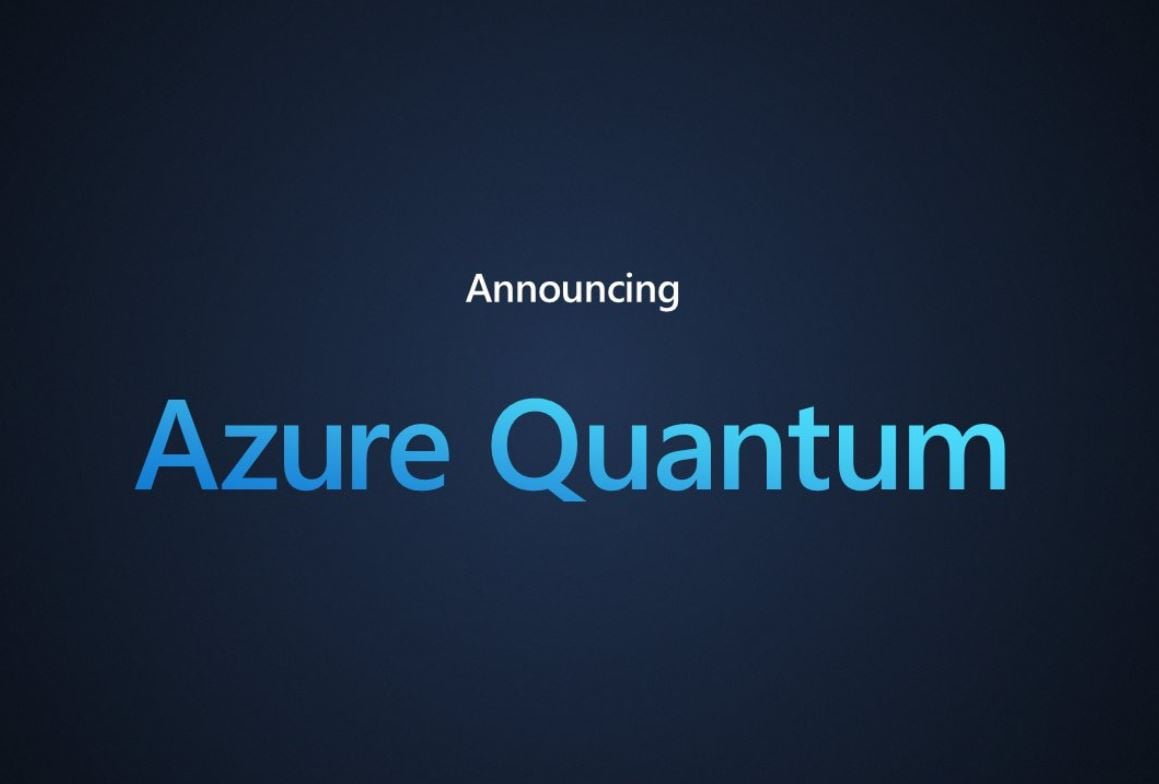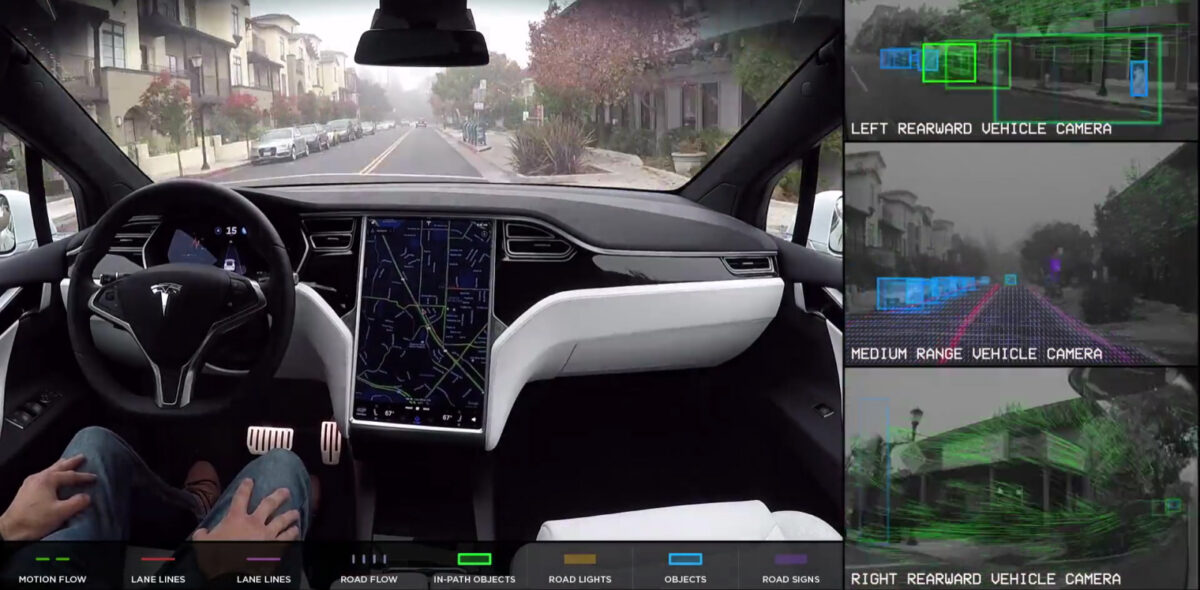In the vast expanse of space, SpaceX, under the visionary leadership of Elon Musk, has embarked on an ambitious venture to revolutionize global internet connectivity through its Starlink project. This comprehensive exploration delves into the technological foundations, key features, deployment strategies, challenges, and the transformative impact SpaceX Starlink is poised to have on bridging the digital divide and reshaping the way the world connects to the internet.
- SpaceX Starlink Overview: A Constellation in the Cosmos
At the heart of SpaceX’s Starlink initiative is the deployment of a constellation of low Earth orbit (LEO) satellites. Unlike traditional geostationary satellites, Starlink satellites orbit at lower altitudes, forming a vast network that aims to deliver high-speed, low-latency internet access to underserved and remote areas globally.
- Technological Foundations: Satellite Constellation and Phased Array Antennas
Starlink’s satellite constellation comprises thousands of small satellites equipped with advanced phased array antennas. These antennas allow for dynamic beamforming, enabling the satellites to communicate with ground stations and user terminals with unprecedented flexibility. The use of phased array technology is instrumental in achieving high data transfer rates and low latency.
- Global Coverage and Connectivity: Bridging the Digital Divide
One of the primary goals of SpaceX Starlink is to address the digital divide by providing high-speed internet access to regions with limited or no connectivity. The global coverage offered by the extensive satellite constellation ensures that even remote and rural areas can access reliable and fast internet services, unlocking opportunities for education, healthcare, and economic development.
- User Terminals: Dishy McFlatface and the Starlink Experience
Starlink user terminals, affectionately known as “Dishy McFlatface,” are compact, user-friendly devices designed to receive signals from the Starlink satellites. These terminals utilize advanced tracking technology to maintain a connection with the moving satellites overhead, ensuring a stable and seamless internet experience for users.
- Beta Testing and Public Rollout: From the North Pole to the Equator
SpaceX initiated the Starlink public beta, known as “Better Than Nothing Beta,” to gather user feedback and test the system’s performance in diverse geographic locations. The beta program saw users ranging from the northern reaches of Canada to the equatorial regions, highlighting Starlink’s versatility in providing internet access across different latitudes and longitudes.
- Data Transfer Speeds and Low Latency: Redefining Satellite Internet Performance
One of the standout features of Starlink is its impressive data transfer speeds and low latency. Users in the beta program reported speeds ranging from 50 Mbps to 150 Mbps, with latency as low as 20 milliseconds. These performance metrics challenge traditional perceptions of satellite internet, positioning Starlink as a viable and competitive option for high-speed broadband connectivity.
- Competitive Landscape: Starlink in the Context of Global Internet Providers
Starlink enters a competitive landscape dominated by traditional internet service providers and emerging technologies. Its ability to deliver high-speed, low-latency internet to underserved areas positions Starlink as a disruptive force, challenging existing paradigms and potentially reshaping the dynamics of the global internet service market.
- Regulatory Challenges and Collaboration: Navigating the Space and Spectrum Frontier
The deployment of a massive satellite constellation in low Earth orbit presents regulatory challenges related to space debris and spectrum management. SpaceX collaborates with regulatory bodies and international organizations to address these concerns, emphasizing responsible practices and adherence to regulations to ensure the sustainability of space activities.
- Future Expansion and Starship Integration: Scaling the Starlink Constellation
SpaceX envisions expanding the Starlink constellation to include tens of thousands of satellites, further enhancing coverage and capacity. The integration of Starlink with SpaceX’s Starship, a fully reusable spacecraft currently in development, holds the potential to accelerate the deployment of satellites and streamline the expansion of the constellation.
- Global Impact: Starlink and the Socio-Economic Landscape
Beyond providing internet connectivity, Starlink has the potential to catalyze socio-economic development on a global scale. By connecting remote regions to the digital world, Starlink empowers communities with access to online education, telemedicine, e-commerce, and information, fostering economic growth and improving quality of life.
Challenges and Considerations
- Space Debris Mitigation: Sustainable Practices in Satellite Deployment
The increasing number of satellites in low Earth orbit raises concerns about space debris and collision risks. SpaceX is committed to implementing space debris mitigation measures, such as satellite deorbiting and collision avoidance, to ensure the responsible use of space and minimize the environmental impact.
- Affordability and Accessibility: Balancing Cost and Inclusivity
While Starlink aims to bridge the digital divide, the affordability of services remains a consideration. SpaceX faces the challenge of balancing the costs associated with satellite deployment and maintenance while ensuring that the services remain accessible to a broad range of users, including those in economically disadvantaged regions.
- Government Regulations and Geopolitical Dynamics: Navigating a Complex Landscape
The global nature of Starlink introduces complexities related to government regulations, geopolitical considerations, and spectrum allocation. SpaceX must navigate these challenges diplomatically, collaborating with governments and regulatory bodies to facilitate the deployment and operation of the Starlink constellation on a global scale.
- Integration with Existing Infrastructure: Coexistence with Traditional Networks
As Starlink expands its footprint, seamless integration with existing terrestrial and undersea internet infrastructure becomes crucial. Coordinating with traditional internet service providers and ensuring compatibility with established networks will be essential for the widespread adoption and success of Starlink services.
Conclusion
SpaceX Starlink represents a pioneering leap towards revolutionizing global internet connectivity, transcending geographical boundaries and bridging the digital divide. With its constellation of satellites, advanced technology, and commitment to sustainability, Starlink has the potential to reshape the way the world accesses the internet, particularly in underserved and remote areas. As SpaceX continues to refine and expand the Starlink constellation, addressing challenges related to space debris, affordability, government regulations, and integration with existing infrastructure will be pivotal. The transformative impact of Starlink extends beyond providing internet access—it opens doors to education, healthcare, economic opportunities, and global connectivity. In the cosmic ballet of technology and innovation, SpaceX Starlink emerges as a celestial dancer, charting a course towards a future where seamless and reliable internet connectivity knows no bounds.


